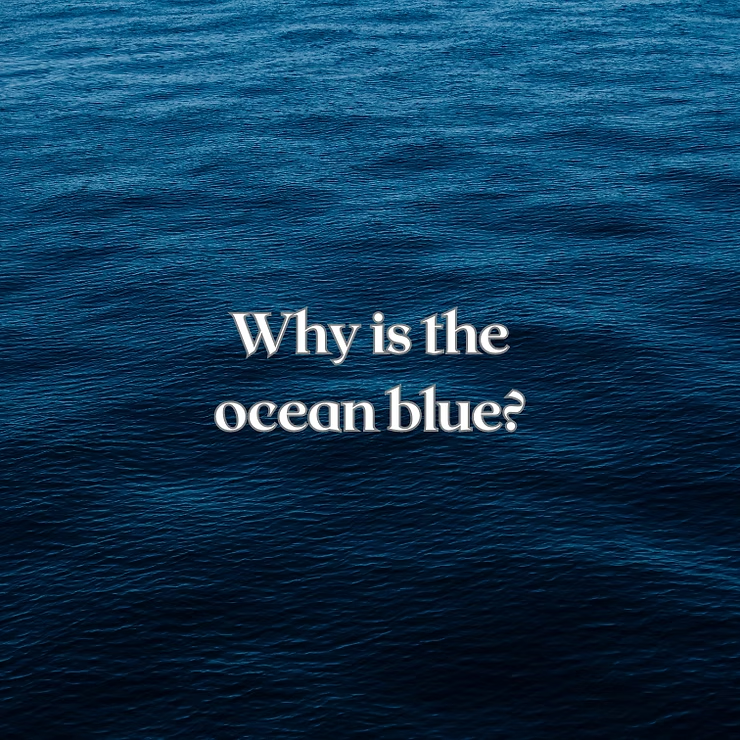Why the Ocean Appears Blue
The color of the ocean has fascinated humans for centuries. While it may seem simple, the blue we see is the result of complex interactions between sunlight, water, marine life, and even human perception. Understanding these factors helps us appreciate both the science and beauty behind the ocean’s appearance.
The Science Behind the Blue Ocean
The Role of Sunlight
Sunlight contains all colors of the spectrum, but water absorbs and scatters them selectively. Red, orange, and yellow wavelengths are absorbed quickly, while shorter wavelengths like blue travel further and scatter more, making the ocean appear blue.
The Absorption of Light
Light absorption depends on wavelength and water depth. In shallow waters, reflections from the ocean floor enhance brightness, whereas in deeper waters, longer wavelengths are absorbed, leaving primarily blue.
The Scattering of Light
Particles suspended in water scatter sunlight, with shorter blue wavelengths scattering most effectively. This scattering, combined with absorption, reinforces the ocean’s blue appearance.
The Influence of Water Depth
Shallow Waters
Shallow coastal regions often appear turquoise or greenish due to reflected sunlight from sandy or coral bottoms, combined with scattered blue wavelengths.
Deep Waters
As depth increases, more light is absorbed. This leaves only blue and green hues, giving offshore waters their rich, dark blue tone.
The Color of the Abyss
In the ocean’s deepest zones, light penetration is minimal. Combined with dissolved minerals and organic matter, this results in a dark, almost mysterious blue.
The Role of Marine Life
Phytoplankton Pigments
Phytoplankton contain chlorophyll and other pigments that can tint the water greenish-blue. Large blooms are visible even from satellites, influencing ocean color on a global scale.
Reflective Fish Scales
Many fish have guanine crystals in their scales, which reflect and scatter light, adding sparkle and contributing to the ocean’s shifting shades of blue.
Blue Bioluminescence
Some organisms, such as plankton, produce light through chemical reactions. Their glowing blue trails add another dimension to the ocean’s palette, especially at night.
The Impact of Impurities
Suspended Particles
Sediment, algae, and organic matter scatter light and can make water appear green, brown, or murky.
Dissolved Substances
Minerals, salts, and pollutants alter light absorption. Algal blooms can intensify green, while pollution may dull or darken the water.
The Influence of Pollution
- Chemical pollutants alter the water’s composition, changing how light is absorbed.
- Plastic and microplastics scatter light, reducing clarity and affecting natural color.
The Perception of Blue
The Human Eye
Our eyes perceive blue vividly because of specialized cone cells that detect shorter wavelengths. Lighting and contrast also affect how blue appears.
Psychological Effects
Blue is linked with calmness, trust, and creativity, but it can also symbolize melancholy. These associations influence how we experience the ocean’s color emotionally.
Cultural Symbolism
- In Western cultures, blue represents serenity and trust.
- In Eastern traditions, it symbolizes immortality and protection.
- In ancient Egypt, it was connected with divinity and power.
Conclusion
The ocean’s blue color is not the result of a single factor but a symphony of science and perception. From the scattering of sunlight and absorption by water to the presence of marine life and cultural symbolism, the reasons behind the ocean’s color are as deep and layered as the ocean itself. Next time you gaze at the sea, remember you are looking at a masterpiece shaped by light, life, and human perception.

